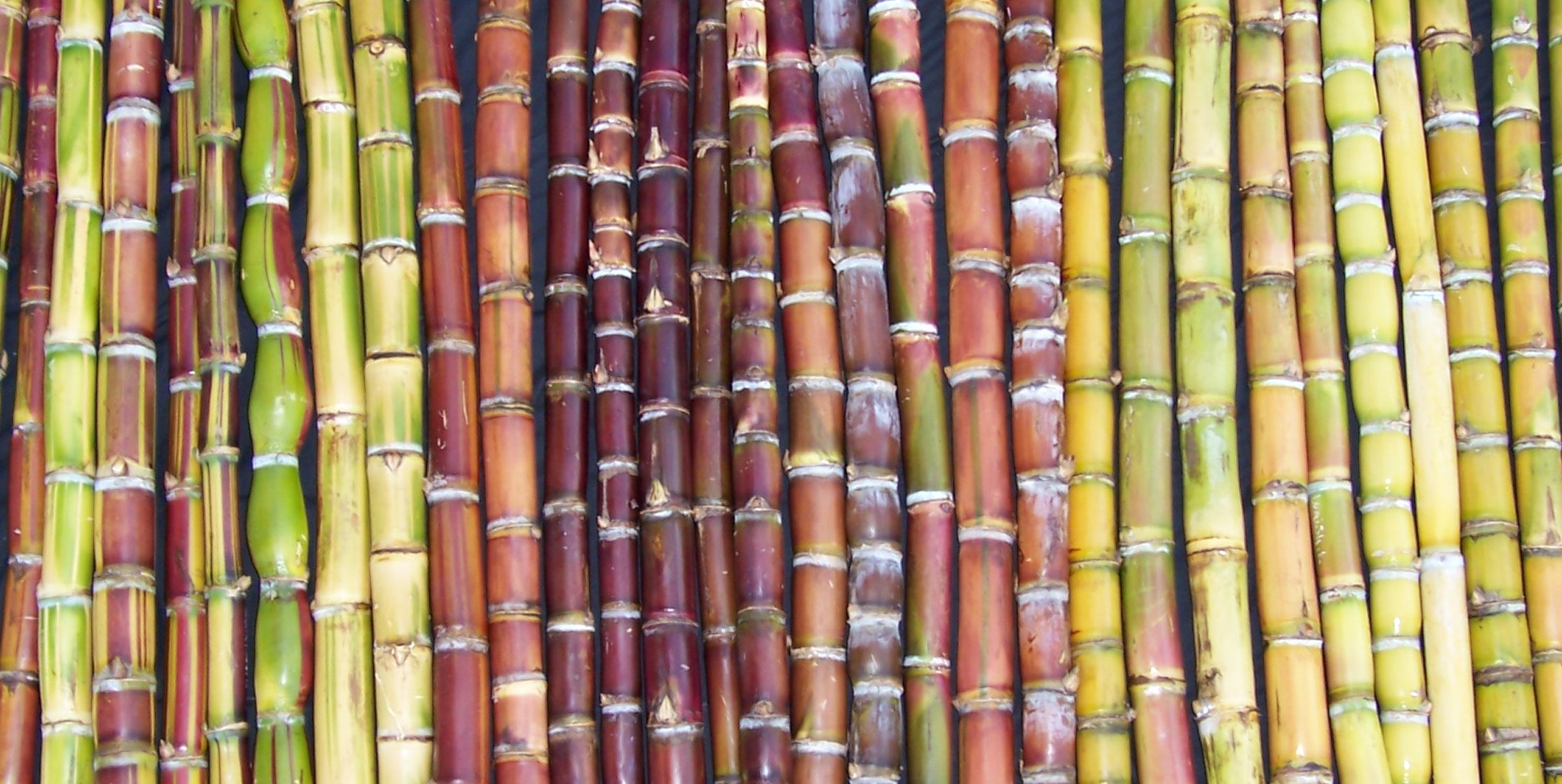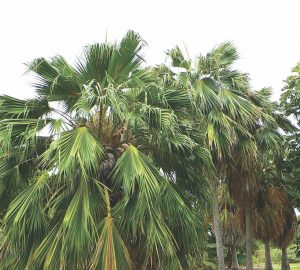 Heritage Hawaiian crop varieties are part of a special group of food plants grown for many millennia. Their delicious qualities were preserved by perpetuating a cherished individual through offshoots or stem pieces. Historic numbers for heritage Hawaiian kalo (taro) varieties have been estimated at 300-400 with perhaps 60 remaining; 150-250 varieties for ‘uala (sweet potato) of which very few remain; 40 varieties of mai‘a (banana) with only 19 known today; 50-60 kō (sugarcane) cultivars of which perhaps 35 remain; and 35 or more ‘awa (kava) varieties, of which only 13 are still known. ‘Ulu (breadfruit) was also extensively grown but only one Hawaiian variety was known. These heritage cultivars are dependent on farmers and home growers if they are to continue to survive. Unlike native Hawaiian plants, most do not persist naturally in wild areas for long, and most do not produce seeds.
Heritage Hawaiian crop varieties are part of a special group of food plants grown for many millennia. Their delicious qualities were preserved by perpetuating a cherished individual through offshoots or stem pieces. Historic numbers for heritage Hawaiian kalo (taro) varieties have been estimated at 300-400 with perhaps 60 remaining; 150-250 varieties for ‘uala (sweet potato) of which very few remain; 40 varieties of mai‘a (banana) with only 19 known today; 50-60 kō (sugarcane) cultivars of which perhaps 35 remain; and 35 or more ‘awa (kava) varieties, of which only 13 are still known. ‘Ulu (breadfruit) was also extensively grown but only one Hawaiian variety was known. These heritage cultivars are dependent on farmers and home growers if they are to continue to survive. Unlike native Hawaiian plants, most do not persist naturally in wild areas for long, and most do not produce seeds.
Heritage Hawaiian kō cultivars are a crop that keiki can easily help plant and harvest to preserve this local legacy. Hawaiian kō live many years and are easily started by burying a fresh stalk with at least five nodes, the horizontal bands where roots and leaf buds originate. Commercial sugarcane hybrids from Maui’s plantation days have hard flesh, but Hawaiian canes are soft and chewable. Each has unique qualities. The red leaf Honua‘ula is extra sweet with a burnt sugar taste. The yellow, pink, and green striped Halāli‘i is pale, soft, and juicy. Kō juice was extracted as an ingredient for haupia and kulolo and commonly eaten by chewing on the raw stalk. Chewing cane was considered strengthening for the gums and teeth. The sweeter, low section of a straight growing stalk is best for eating; stalks that have fallen may have sour notes. Sugarcane juice has vitamins and minerals not found in refined sugar. For young keiki, cut between two nodes and peel a section of skin. Biting the skin lengthwise or slicing it vertically removes the rest. If you are interested in heritage Hawaiian crops, follow us on Facebook and Instagram @mauinuibg to learn when starts are being given away.
Hawaiian cultivars numbers are estimates from sources compiled by Penny Levin, Project Coordinator, E kūpaku ka ʻāina – The Hawaiʻi Land Restoration Institute. Information presented on kō is based on a book by Noa Kekuewa Lincoln, Kō, An Ethnobotanical Guide to Hawaiian Sugarcane Cultivars (2020, University of Hawai’i Press). Visit the labeled collections of Hawaiian cultivars at Maui Nui Botanical Gardens Tuesday through Saturday, 8 am to 4 pm, or reserve a tour at www.mnbg.org.



